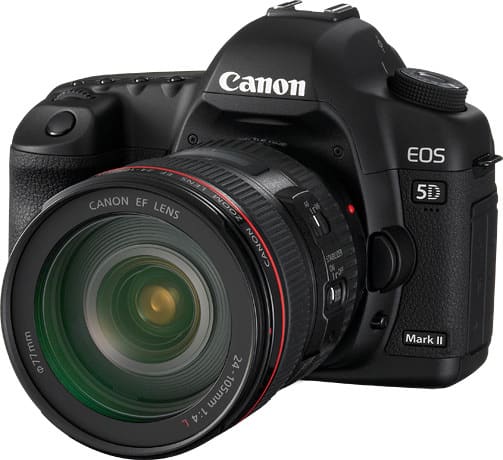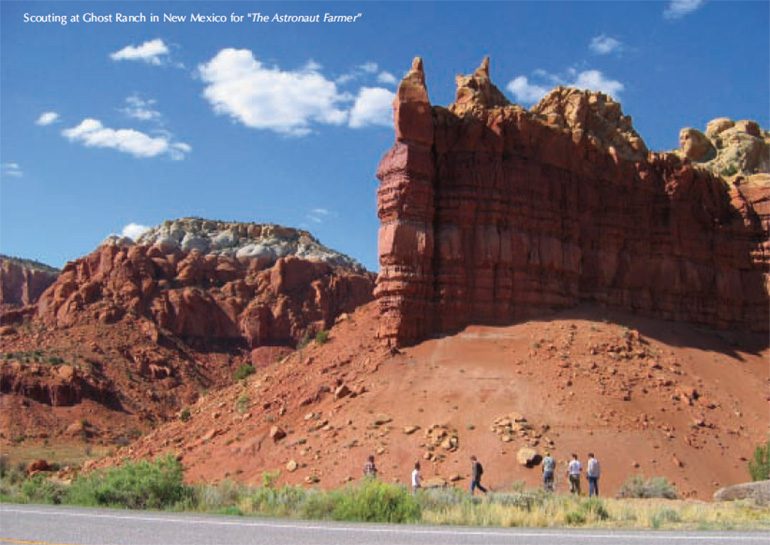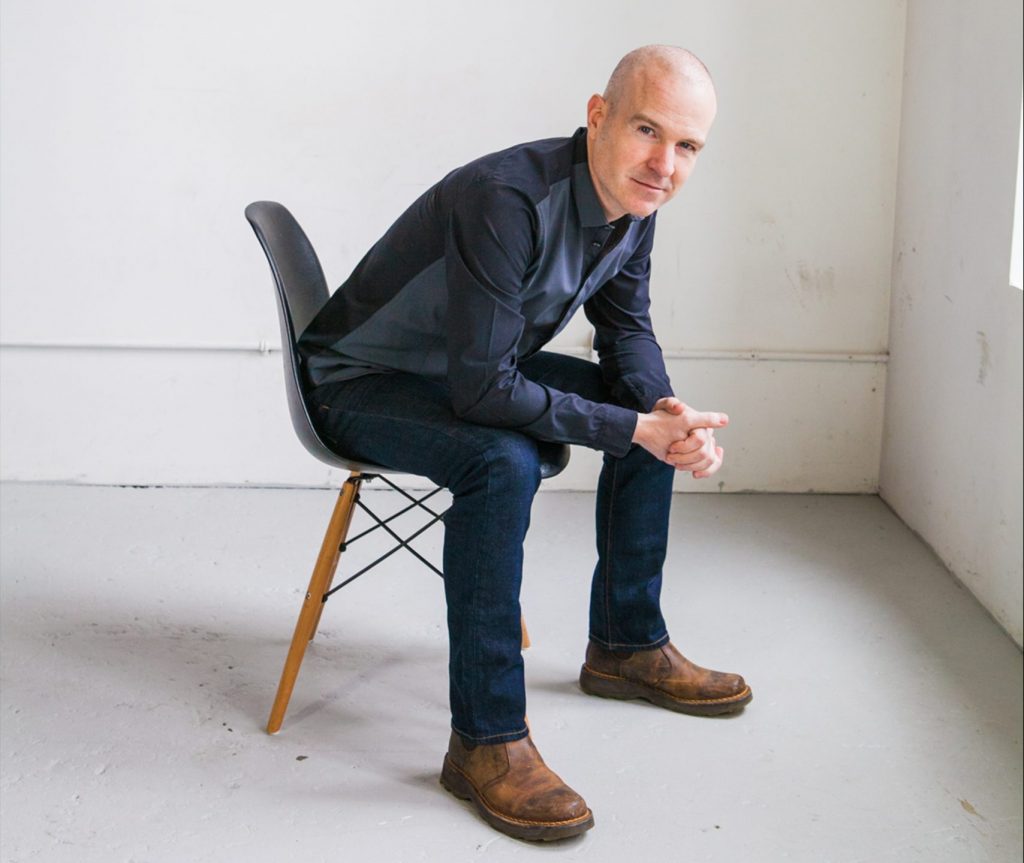Learn from every single project you do, even if it feels completely soul destroying – you are taking away skills, and you are improving with every video. Also, don’t stop creating your own work, for yourself. You may not make a masterpiece every time, but if you challenge yourself, you will undoubtedly learn from your mistakes. And mistakes are completely essential. Reflect on everything you create, assess what could have been done better and always get as much feedback as you can.
Tim White Talks DSLR Workflow, Essential Gear for On the Go and his Short Film Series Move, Eat and Learn.
Where did the inspiration for your short film series Move, Eat and Learn come from?
Tim White: Move was commissioned by STA Travel Australia, and from the outset our goal was to inspire viewers to get out there and see more of the world. For me, as somebody who watches a lot of film, TV, advertising and web content, I found that travel videos and tourism ads are generally so dull and predictable, with everybody following the same tried and tested methods. I wanted to create something really unique and memorable that would have an intense and long lasting impact.
The inspiration for the trilogy came largely from our own travel experiences: the people we’ve met and the things they’ve taught us, the new and unique food we’ve eaten, and the many incredible sights we’ve seen along the way. We left on our travels with only a few rough visual concepts in mind. We knew we were making 3 films, and we knew that Move would involve walking and symmetry, Eat would include split screen shots of plates from above, and Learn would involve swish transitions. The only thing we knew about our scenes was our list of countries (and that changed as we went along); nothing else in the films was planned. We shot every meal we ate and made sure to order the weirdest and most exotic things we could find. We met people along the way and asked them to teach Andy something new, or we found some beautiful symmetry as we walked around, set up the shot and asked Andy to walk.
What DSLR cameras did you use to shoot your series and why?
Tim White: I used a Canon 5D MKII as the primary camera and a Canon 7D as a secondary option. Ninety percent of shots from the Move, Eat and Learn films are from the 5D. I already owned the 5D, so it was the logical choice, but I also wanted to shoot full frame with the lenses we had (Canon lenses: 24-70/2.8, 50/1.2, 135/2), as the crop factor on the 7D would limit my frames when shooting wide for Move. We took the 7D along to give the option of the crop factor, which was necessary when shooting scenes in Learn, where we were further away from Andy and the action. We chose the 7D ahead of other APS-C cameras for its durability, which is pretty essential when you’re shooting in all sorts of conditions.
Considering the fact that you traveled through 11 countries to obtain your footage, what essential DSLR tools, technologies, and gear did you take with you on your voyage?
Tim White: Let’s make a list.
(1) A good gear bag. Having a sturdy, reliable gear bag is the most important thing in a shoot like that. If you buy something cheap, it can fall apart at the least convenient time. You also need something comfortable that won’t destroy your back with day after day of walking and travel. And of course it needs to protect your gear. I prefer to never check in any of my equipment on flights and like to take everything as a carry-on. This can be a challenge, but having a bag that works within carry-on allowances is a huge help. We had a Think Tank rolling bag for holding most of the gear in transit, but generally left it in our accommodation as it was a pain to take whilst walking around everywhere shooting. I also had a Think Tank retrospective shoulder bag for my basic kit: camera, lenses, mic, light, batteries, etc. It’s great because it doesn’t look like a camera bag, so you’re not a theft target when venturing in dodgier places.
(2) Power board and plug adapters. Maybe not state of the art technology. But having a power board for all of your devices, and then a collection of plug adapters (one for each location you’re going to), makes your life so much easier.
(3) A lightweight tripod. Get something carbon fiber. When you’re walking around for 12 hours a day. Day after day after day. You really grow to appreciate a light tripod. Granted, the Manfrotto carbon fiber tripod we had fell apart in the first week, so I wouldn’t recommend it, but it certainly was a lot lighter than my old Miller 3-Stage mammoth. My new happy medium: Miller Solo DS10. It’s amazing.
(4) Spare Batteries and CF Cards. You want to have a bunch of these. Granted, they’re not cheap. But when you’re on the road, you don’t always have the chance to completely charge every battery over night.
My equipment was comprised of: Canon 7D, Canon 24-70/2.8, Canon 50/1.2, Canon 135/2, Canon 1.4 extender, 4 x 32GB CF, 8 x LP-E6 battery, Rode Videomic Pro, Zoom H4n, a Manfrotto carbon fiber tripod, a Genus shoulder rig, an onboard LED light, card reader, and 6 hard drives.
In the end, no matter what camera and accessories you take, it takes multiple trips to get it right. Shooting Move, Eat and Learn was my first big experiment in shooting internationally, and since then I’ve honed my kit to ensure I only pack what I know I’ll need. There are things I wish I had in the above kit, that I’ve since invested in, but in the end, you can still cover your bases with the basic kit above.
What’s your camera to post workflow like? What tools and technologies do you use during editing and post production?
Tim White: I made a rule before we left to back up 3 copies of the data every single night, and then keep each hard drive separate at all times. So I’d always have one hard drive with me while shooting, another locked up in the accommodation, and then one of the other guys would hold on to the other. All back ups were done from a 13” MacBook Pro and a card reader. That nightly backup tradition was the only post work I did while on the road.
When I got home and post got into full swing, I started by transcoding all of the footage into ProRes using MPEG Streamclip (this actually took a few days to complete), then arranged the videos into an easy-to-follow filing system.
To be honest, my post tools and technologies haven’t changed for a number of years; I still edit with Final Cut Pro 7, which saw me pretty much all the way through the rest of the process. Move, Eat and Learn was the first project I’ve ever done where I used the services of a professional colorist. And I’ve basically done this on every project since. Having a pro colorist on board makes such a huge difference to the polish of your work!
What are some of the major advantages you’ve experienced shooting with DSLR cameras?
Tim White: Going beyond the quality of the image, the DOF, etc. for the kind of work I do, we generally don’t have permission to shoot where we shoot, and often it’s a race to get the shot before being kicked out by security. The biggest advantage to working with DSLRs is that you generally don’t look like a professional film crew. So long as you keep the crew numbers low and don’t put too many accessories on your camera, you look like tourists. That’s the only way we were allowed into as many of the locations we shot and the only reason we didn’t get kicked out or moved along. As soon as you put a microphone on top or a monitor or a shoulder rig, that’s when people start to notice and shut you down. Unfortunately, I feel like this advantage has almost run its course: when I was shooting in Morocco a few weeks ago, it seemed as though everyone on the street was aware of the 5D’s shooting capabilities, and everyone wanted to get paid the second the camera went anywhere near them.
While shooting with DSLR for your series, what was a major challenge that you faced? How did you overcome it?
Tim White: I had some pretty major concerns before we left, considering all of the things that could go wrong. What if our gear was stolen mid trip? What if our hard drives failed, and we lost all our footage? What if Andy sprained his ankle and couldn’t walk? Luckily none of these things happened, and most of the difficulties we faced were logistical.
When flying out of Bangkok, about 30 minutes into the flight, we looked out the window to see an engine explode and burst into flames. The pilot had to dump the fuel and make an emergency landing, and even though everyone on board thought they were going to die, we were fine in the end. Just delayed by 18 hours.
We also got stranded in Buenos Aires due to the volcano that was erupting at the time. We had four separate flights get cancelled on us and for some reason, we never learned our lesson of calling the airport before arriving. In the end, we had to catch a 48-hour bus to Bolivia in order to continue our trip; that was pretty brutal. It also meant we couldn’t end our trip in New Zealand, as was the original plan, and went home via LA instead.
Another exciting occurrence was in Santiago de Chile; we accidentally found ourselves in the middle of these full-scale riots, with armoured military vehicles, molotov cocktails, water canons, et al. We ended up getting tear gassed and thought it would be a good time to bail.
The other obstacle, completely unrelated to DSLRs and equipment, is crew morale. Even though Rick and Andy were already two of my best mates, when you’re in such close quarters with people 24 hours a day and 7 days a week, literally having to share beds most of the time, and all the while attempting to create a film with all of the stress that goes with that, it’s pretty easy to get cranky at each other or just feel so sick of it you want to throw in the towel. The solution we found was to take the time and stop working, find somewhere nice to chill out, eat some food, drink some beers and reflect on how awesome the world is.
If you could share some insights or an inspirational tidbit in relation to learning and working with DSLR cameras, technologies, and workflows, what would you share with filmmakers, videographers, and storytellers around the world?
Tim White: I started making films in high school in 2001 and continued to do so at university. Those were awesome times because it allowed me to experiment with techniques, to learn theory and to actually make films for myself. However when university ended, and the realities of the real world sunk in, it got a lot harder. Suddenly you’ve got to earn a living. And so I did what a lot of people do and tried making a living with the skills I had. I spent years making crappy corporate and real estate videos, which almost sucked away all of the passion I had for filmmaking. I also worked in sales for a camera store and after work would want nothing less than to pick up a camera. But I also had some great opportunities to volunteer on music video sets with people that really inspired me, which took a few years but eventually got me back into making my own stuff again.
It was only after making some music videos for friends’ bands that exciting opportunities started coming my way (such as Move, Eat and Learn). In the end, working at a camera shop taught me about DSLRs, making crappy corporate videos dramatically improved my editing skills, and volunteering on friends’ shoots gave me inspiration to aim higher. Everything I did over those years, when I felt I was going nowhere, actually helped get me where I am today (although I’m still a long way from where I want to be).
So I guess this is what I’m trying to say. Learn from every single project you do, even if it feels completely soul destroying – you are taking away skills, and you are improving with every video. Also, don’t stop creating your own work, for yourself. You may not make a masterpiece every time, but if you challenge yourself, you will undoubtedly learn from your mistakes. And mistakes are completely essential. Reflect on everything you create, assess what could have been done better and always get as much feedback as you can.
View Move, Eat, and Learn on vimeo.





